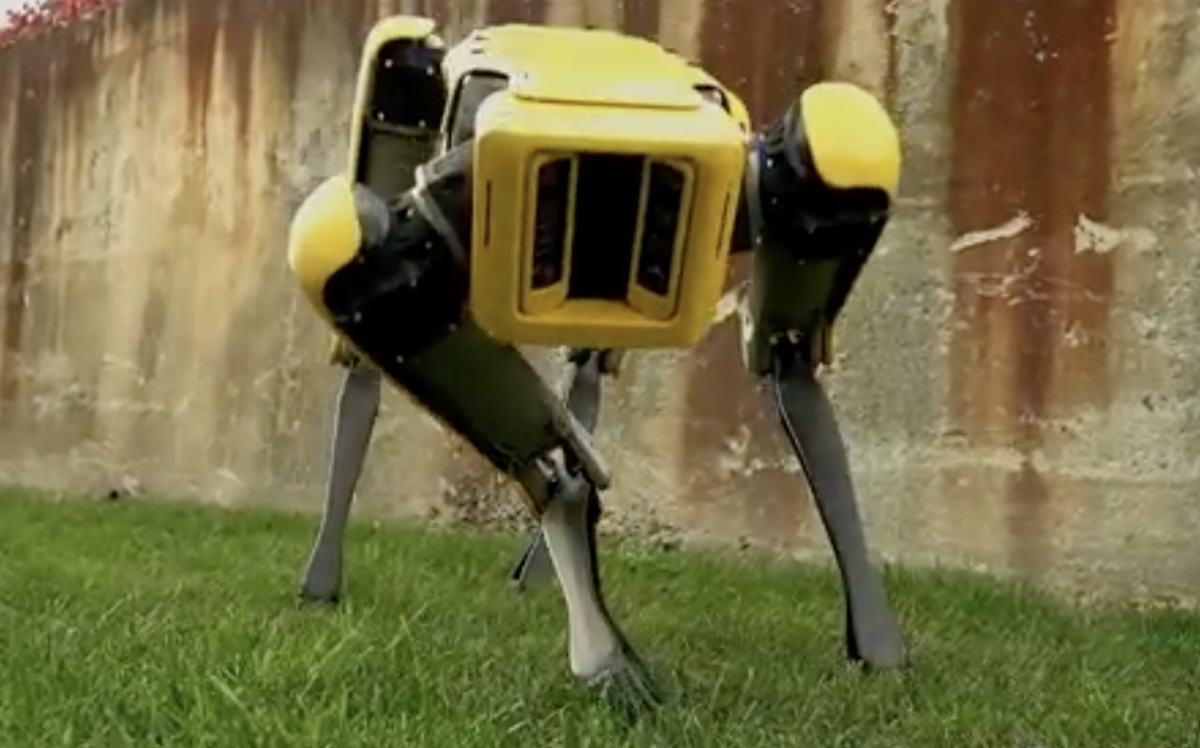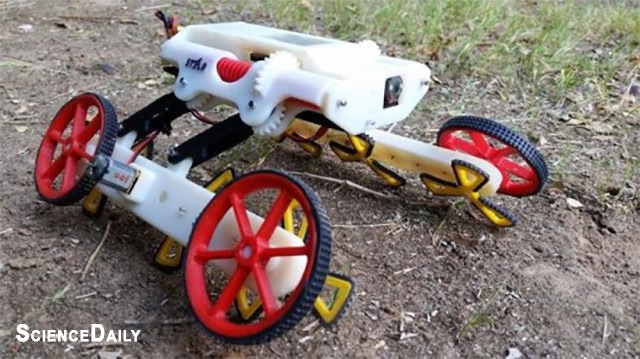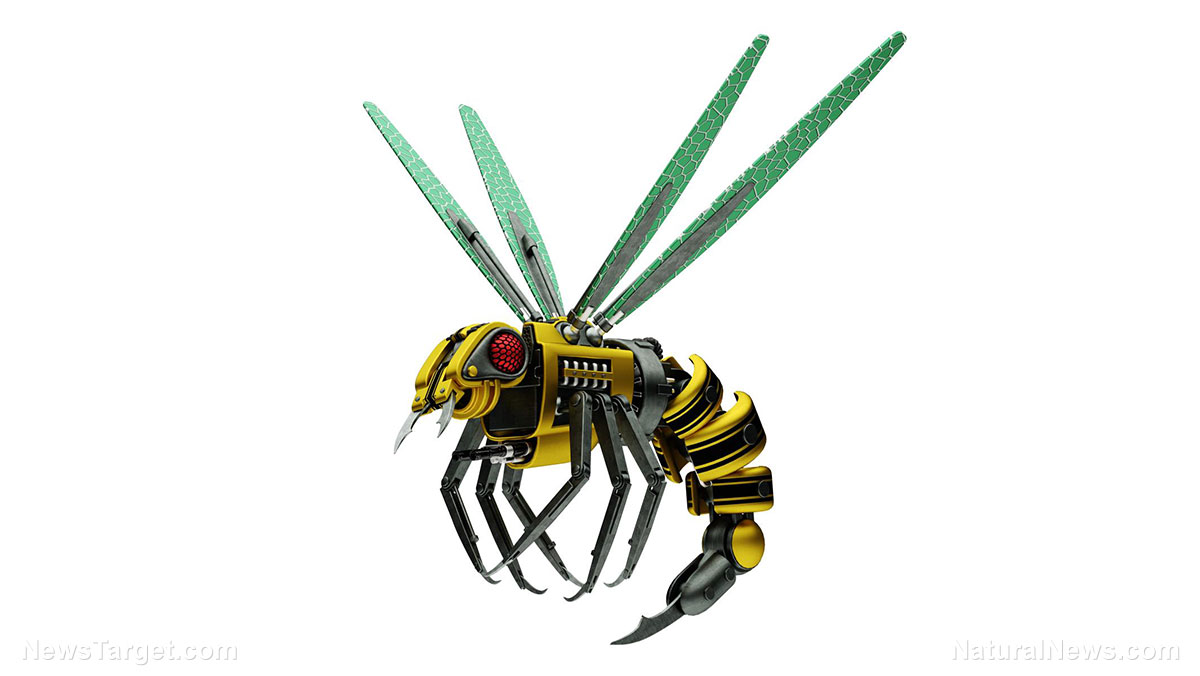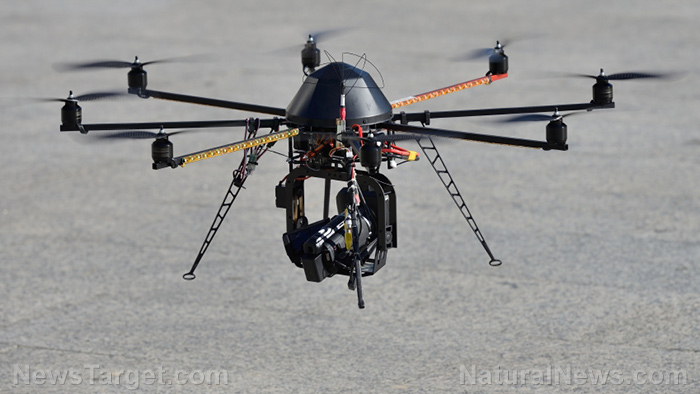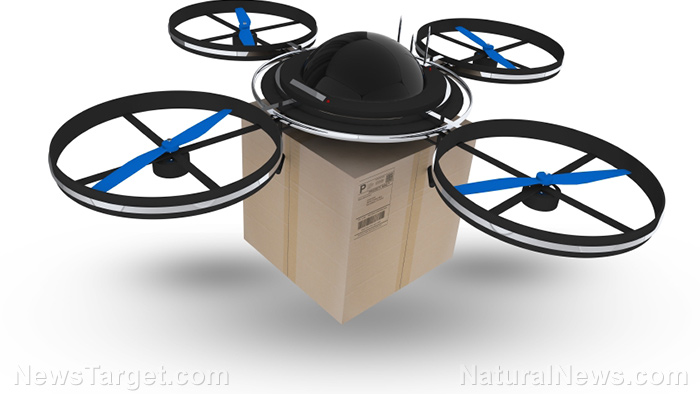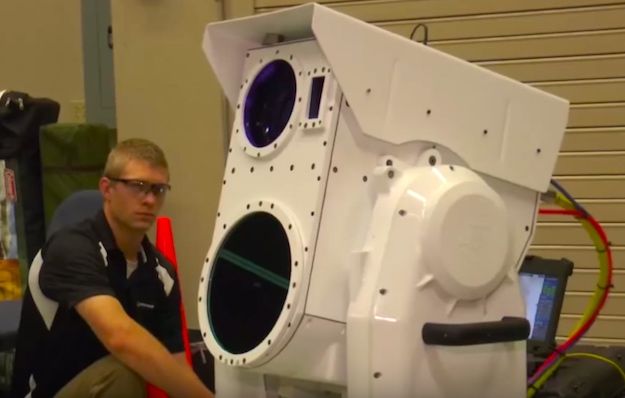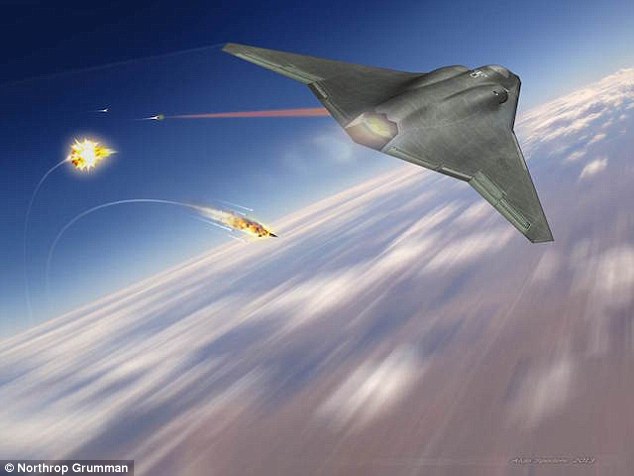‘Death by metadata’: The Intercept’s Investigative war journalist Jeremy Scahill exposes drone program’s faulty intel
10/28/2015 / By Julie Wilson

The Intercept’s recent release of The Drone Papers, a series of documents providing the most in-depth look into the U.S. military’s assassination program in Afghanistan, Yemen and Somalia, illustrates the brazenness of the U.S. government’s decision to continue to droning suspected “terrorists” overseas using outdated and faulty intelligence that kills more civilians than it does supposed enemies of the United States.
Renowned war journalist, co-founder of The Intercept and author of two books: Blackwater: The Rise of the World’s Most Powerful Military and Dirty Wars: The World is A Battlefield, Jeremy Scahill speaks with Democracy Now! about the revelations he and his colleagues learned while developing The Drone Papers, to which he is a large contributor.
Scahill opened his interview reminding Amy Goodman of Democracy Now! that the very “first drone strike outside of a declared war zone happened in November of 2002 in Yemen,” in which six people were killed including an American citizen.
At that time, Bush National Security Advisor Condoleezza Rice defended “the right of the president of the United States to assassinate individuals, including U.S. citizens, based on intelligence that they never had to make public,” says Scahill.
Although Pakistan was being droned once every three days, “it wasn’t until May of 2013 that a sitting U.S. president gave an official address where he acknowledged that drones were being used by the United States,” Scahill says.
‘Kill Chain: What the bureaucracy of assassination looks like’
Today, that same program is ongoing (but intensified) and is using the same faulty intelligence to track and murder suspected “terrorists” based on strange behavior and SIM card activity.
“What we’ve published is an extensive look into how this program has operated historically, but specifically under President Obama. One of the most significant findings of this… is we published for the first time the kill chain, what the bureaucracy of assassination looks like,” says Scahill.
All government officials play a role in the convert drone war, holding “secret meetings” where “they discuss who’s going to live and die around the world. And at the end of that process, it is the president of the United States who signs what amounts to a death warrant for whoever they’ve decided should die, based on what amounts to a parallel, secret judicial system in the United States that is not really subjected to any kind of judicial review, where the president acts sort of as emperor—issues an edict that you die.”
Once a target is approved for death, The Drone Papers detail how U.S. forces have 60 days to assassinate their target. Human Rights Watch Ken Roth argues that if the standard to kill terrorists is that they represent an “imminent threat” to the U.S., then why is the government given 60 days to eliminate them? Why not do it immediately?
“(T)hat’s because they’ve redefined the term ‘imminent’ to be so vague as to not even resemble its actual commonly understood definition,” Scahill explains.
The unreliability of signals intelligence
Juan Gonzalez with Democracy Now! fosters the discussion about faulty signals intelligence used by the CIA and U.S. military to initiate drone strikes. Signals intelligence is largely based on intercepting emails, text messages and phone calls, says Scahill, adding that it can reliable and unreliable.
“I mean, if I’m talking to you, Juan, they can do our voice recognition. They can say, ‘OK,’ we know that Jeremy Scahill is talking to Juan González.”
However, top intelligence officials told Scahill: “Look, I can record my voice on a phone and give it to a courier. The courier can go somewhere else, then call a number, and they can play that, and someone’s going to die over there, and they’ll think that they’ve eliminated this target, but they didn’t.”
“(S)ignals intelligence is very easy to fool,” Scahill warns, adding that the majority of civilians are killed as a result of the military tracking cellphone numbers and SIM card data they believe belongs to a terrorist but has somehow ended up in the possession of someone other than the target.
“It’s death by metadata, basically,” says Scahill.
Targeting “terrorists” based on their features
The Drone Papers revealed that over a five-month period during the military’s Joint Special Operations Command’s “Operation Haymaker,” nearly 90 percent of U.S.-led drone strikes killed individuals that were not the government’s intended target—a complete abomination considering JSOC, which the Guardian describes as a “network of highly-trained, completely unaccountable US assassins” that operate free of military restrictions, had all of the available resources including surveillance technology, informants on the ground and the ability to conduct night raids and perform after-action investigations, Scahill explains.
Yet, JSOC is missing their target 90 percent of the time in some instances, while claiming to be “meticulously and surgically hunting down and killing al-Qaeda leaders in Afghanistan.”
Further highlighting the U.S. military’s sloppy job at killing “terrorists,” Scahill highlights investigative journalist Sean Naylor’s book in which he details an instance in which they droned a target “because he was taller than the other people around him,” leading U.S. forces to believe he was an “Arab or foreign fighter.”
It turns out, “(H)e was of average size and that the people around him were children. And they killed them all, with the exception of, I think, one survivor,” reports Scahill.
Additional sources:
http://www.democracynow.org/2015/10/16/drone_war_exposed_jeremy_scahill_on
http://www.theguardian.com/commentisfree/2013/feb/03/jsoc-obama-secret-assassins
https://theintercept.com/drone-papers/the-assassination-complex/
Tagged Under: CIA, Drone Papers, drones, Jeremy Scahill, Obama, terrorists, U.S. military, War


